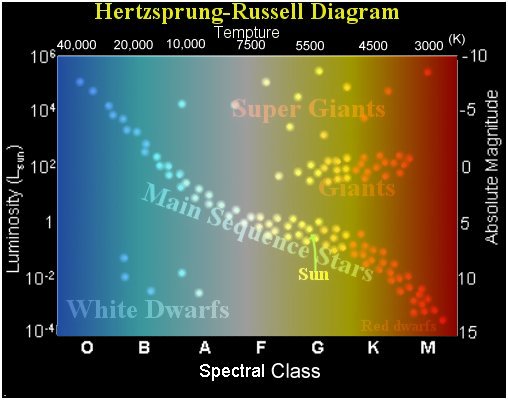
This method can be used to find stars up to 150,000 light-years away, which is beyond the Milky Way Galaxy. Astronomers can then measure the angle between two observations of the same star six months apart, and from this they can determine its distance from the Earth using tangent trigonometry. The Earth’s yearly orbit produces an apparent change in the position of nearby stars. Because the telescope collects a minuscule fraction of the starlight, this method allows astronomers to calculate distances very accurately. This method works by calculating the difference between two stars’ apparent brightnesses, as measured by an astronomical telescope on Earth. For example, a star of first magnitude (the brightest stars) is 100 times brighter than a sixth-magnitude star. This is a logarithmic scale, so a difference of one magnitude corresponds to a factor of 2.5 in brightness. Apparent BrightnessĪstronomers use a system of relative brightness called apparent magnitude. These measurements are similar to light-years but they are larger and more precise. Astronomers also use other measurements of distance, including parsecs and megaparsecs. The result is the distance to the star in astronomical units (AU). The distance to a star can be measured by dividing the parallax angle by the speed of light. This method is based on the fact that two observers will see a small difference in the position of a distant star. In order to calculate the distance between celestial bodies, astronomers use a method called trigonometric parallax. The reason for the need for a light-year is that celestial objects are very far apart, and it is impractical to measure them using miles or kilometers. It is a large number, and it is sometimes confusing for students to work with. It represents the distance a photon of light travels in one Julian year, which is about 9.46 x 1012 kilometres. Light-year is a unit of distance used in astronomy. This allows them to determine the star’s intrinsic brightness and compare it with its apparent brightness. For these, astronomers have developed a technique using Cepheid variable stars that changes in brightness over time. However, it is not the best for measuring distant galaxies. This method is very accurate for stars that are less than 100 light years away. Then they can calculate the angular shift between the two observations and use basic trigonometry to figure out the distance. Astronomers can measure a star’s position and then repeat the measurement six months later. The Earth’s yearly orbit around the Sun causes nearby stars to appear to move against the background stars. The study of angles and how they impact other measurements is the key to figuring out the distance to stars from the Earth. Trigonometry may be a dreaded subject among high school students, but it is essential for the work of astronomers and astronauts. The Hubble telescope also has a high level of precision, allowing it to determine the precise parallaxes of many nearby stars. The Hipparcos satellite was able to increase the number of stars with accurate parallaxes by a thousandfold. The trigonometric parallax method only works for objects that are less than 400 light-years away, so astronomers have to use other methods for very distant stars. There are 3,600 arc seconds in a degree, and the parallax angle is one-half of this shift. The angular shift of a star is tiny, and it’s measured in units called arc seconds. There is a direct relationship between the time it takes for a Cepheid to pulsate and its true brightness, which astronomers can use to calculate the star’s distance from Earth.

This technique allows them to estimate the distance to the star, and is especially useful for a group of bright stars known as Cepheids.

ParallaxĪstronomers measure the parallax of stars by comparing their apparent brightness to the true brightness of the star. This works by measuring a star’s position on the sky twice, six months apart. These methods involve comparing a star’s intrinsic brightness (derived from its color spectrum) with its apparent brightness.
#Main sequence spectral class how to#
How to Calculate Astronomical Distances of StarsĪstronomers use a variety of techniques to measure the vast distances between Earth and distant stars and galaxies. The spectra of the very hot O stars indicate that even helium atoms are ionized, while oxygen, nitrogen and carbon are twice ionized.

Class A stars have spectra that show strong hydrogen emission lines which indicate unionized hydrogen atoms, while in the spectra of class B stars, these lines are very faint indicating that most of the hydrogen atoms are ionized. The spectra of F stars show the presence of more ionized metal atoms than neutral atoms.


 0 kommentar(er)
0 kommentar(er)
